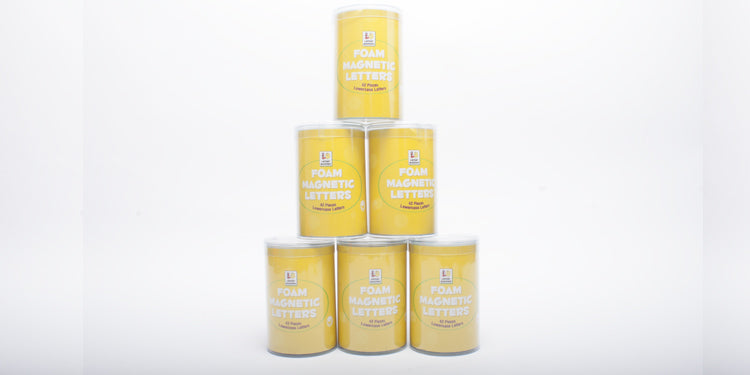 This is the fifth of a progressive series of posts that we will be featuring on the Hameray Blog every Thursday for 10 weeks (for the other posts,
click here
). It's authored by special guest blogger Paula Dugger, who is an educational consultant with a rich-literacy background that includes serving as a Reading Recovery Teacher/Teacher Leader, first grade teacher, Title I and high school reading teacher, as well as a Reading Coordinator. Hameray is thrilled to be able to share with you Paula's classroom-tested ideas and experience in helping young learners achieve their early literacy goals.
This is the fifth of a progressive series of posts that we will be featuring on the Hameray Blog every Thursday for 10 weeks (for the other posts,
click here
). It's authored by special guest blogger Paula Dugger, who is an educational consultant with a rich-literacy background that includes serving as a Reading Recovery Teacher/Teacher Leader, first grade teacher, Title I and high school reading teacher, as well as a Reading Coordinator. Hameray is thrilled to be able to share with you Paula's classroom-tested ideas and experience in helping young learners achieve their early literacy goals.
Magnetic Letters and Cognitive Development
Activities using magnetic letters can help in cognitive development both consciously and unconsciously in young children. The letters are colorful, three-dimensional, and they lend themselves to movement and touch. Letters are a part of the print we see around us in the world. Using soft foam letters (Hameray offers a great set of uppercase and lowercase foam letters), children can learn many skills:
-To categorize by sorting, matching, and classifying
-To differentiate colors, shapes, and letters
-The concept of letters by name, sight, shape, and sound
-The concept of words by sight or by putting together sounds to form words
As previously mentioned, my series of guest blogs is on specific activities that use magnetic letters to help with the cognitive development of preschoolers. No activity should exceed five to ten minutes depending upon the age, ability, and interest of the child. These activities should be seen as fun games, and each will be a little more rigorous than the one before. The blogs will be divided into four groups:
-Teaching colors
-Teaching similarities and differences (or comparing and contrasting)
-Teaching the alphabet (letter names)
-Word analysis (making words)
Teaching Similarities & Differences in Letter Shapes/Forms
Colors are one of the first ways young children make distinctions between things in the world. A natural progression from colors is shapes. Each letter is different, but many are similar. Magnetic letters are a great tool for matching letters that are first alike, then similar, then different. This post and the following two will address these activities. Whenever introducing a task, make sure the child understands what s/he is to do. A great framework is listed below that demonstrates how to scaffold an activity by modeling and gradually releasing the activity to the child.

Materials used in this Activity: Lowercase Foam Magnetic Letters and Magnetic Whiteboard

Activity #5: Finding Letters That Are Different
This is another activity that helps to discriminate between different features or shapes of letters. While the child may not be ready to name or form the letters through writing, s/he will begin to discriminate and see that letters shapes or forms are different. The object of this activity is finding the letter that does not look like the others.

Place several letters that are alike (different colors are ok) and one letter that is different (such as m , f , f ). on the magnetic board.

Model the task by saying that some of the letters look alike and some are different. For instance with the three letters m , f , f , I would say, “These two letters look the same, but this one is different. This m looks different from the f ”.


Continue with other groups of letters letting the child select or move the one different after asking, “Which one is different?”


This was the fifth activity in the series. If you'd like to see the other lessons, click here !
- Paula Dugger
~~~
Paula Dugger has a B.S., M.Ed., and Reading Specialist Certification from The University of Texas at Austin and Reading Recovery training through Texas Woman’s University. Paula does educational consulting and training through Dugger Educational Consulting, LLC and can be contacted at np.dugger@att.net
Paula and her husband Neil are parents to two wonderful daughters, Alicean and Ashley, two sons-in-law Kevin and Patrick, and grandparents to Carter. She also raises registered Texas Longhorns on the weekends. The longhorn cattle are featured in her first book published by Hameray Publishing Group, titled Longhorns .
If you'd like to order some magnetic foam letters to try out this activity for yourself, you can find them on the Hameray website. If you're teaching at this stage of literacy, you might also be interested in the Letter Buddies books. Click on the images below to see some key features of the series!






















































![6 Fun and Easy Activities to Practice Sequencing [Grades K-1]](http://www.hameraypublishing.com/cdn/shop/articles/Red_Typographic_Announcement_Twitter_Post-5_bf1ae163-a998-4503-aa03-555b038d1b76_600x.png?v=1689961568)